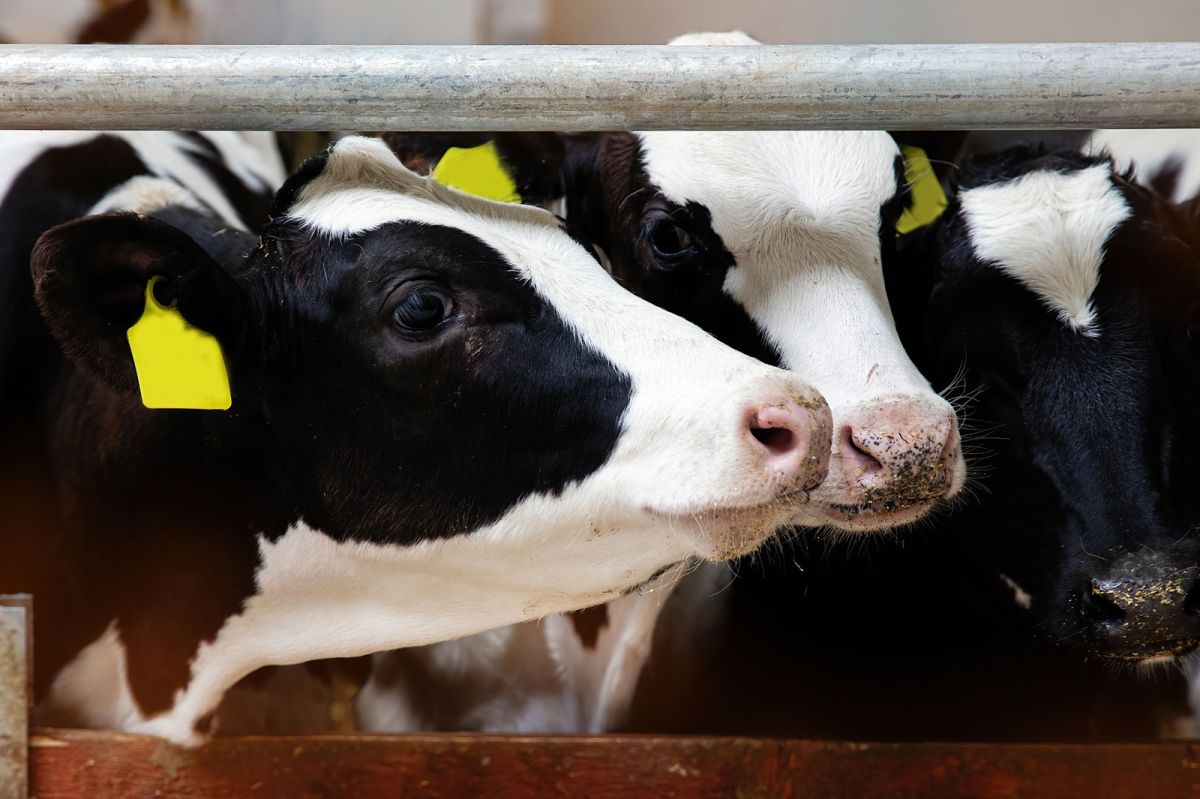ICMSA calls for revamped dairy-beef scheme

President of the ICMSA, Pat McCormack, has called for the revamp, adding that it has to be ‘refunded, re-energised and redesigned’. This is required, he said, if the scheme is to play a part in developing a profitable and sustainable trade for bull calves with dairy beef now accounting for over 60 per cent of Irish beef production.
Mr McCormack said that he hoped that Minister for Agriculture, Food and the Marine, Charlie McConologue would be more willing to look at the ICMSA’s redesign for the scheme, given the role it could play in dealing with Ireland’s bull-calf issues, as highlighted in last week’s RTÉ Investigates documentary.
Mr McCormack said that the principles underpinning the ICMSA’s proposed ‘pivot’ towards dairy-calf-to-beef had not changed and were, if anything, becoming even more compelling. “We think that the premise is even more valid now from many perspectives including climate change,” he said. There are five points to the ICMSA’s pivot:
- Many current beef-production systems do not give an adequate return to the farmer. Current alternative farm systems available to these farmers are long-term land leasing and forestry. Both options are permanent. ICMSA’s proposed dairy calf-to-beef scheme would provide farmers with an option that still involves rearing livestock and Teagasc research indicates will leave a reasonable margin.
- Dairy beef has been shown to be marginally more profitable than other beef systems.
- Producing dairy calves should be incentivised as it is a carbon-efficient system of beef production and dairy farmers producing a calf fit for purpose for the beef sector can provide beef farmers with an animal that will leave a reasonable margin for their efforts.
- The small carcass cuts suit the supermarket trade, and it can be marketed as an ethical climate friendly product – meat processors have stated that there is demand for beef with a carcass weight between 240-350kg under 30 months’.
- Easy for farmers to switch as investment costs are low.
The ICMSA states that ‘obvious and understandable’ terms and conditions apply to the above, as outlined below:
- The scheme would be open to all livestock farmers; agents and feedlots would be excluded.
- Farmers who apply to the scheme must rear calves from the dairy herd.
- All male calves and female calves with a beef sire are eligible for the scheme.
- Calves must be fewer than six weeks of age at time of purchase.
- An initial payment of €75 can be drawn down by the farmer once the animal is weighed, between six and 10 months. By having known weights for the animals, better feeding strategies can be employed for those lagging behind.
- The second payment of €75 is drawn down after the animal is slaughtered.
- Steers must be slaughtered within 30 months and heifers must be slaughtered within 24 months.
- Farmers can only avail of the scheme on a maximum of 100 calves per year.
The ICMSA president said that while this wasn’t the whole answer, it was a big part of the solution: “It is more profitable, it has lower emissions, and it can address some of the issues around animal welfare. People should not forget that the vast majority of farmers treat and care for their animals to the highest standards and we should not tarnish the whole sector for the misdeeds of a few,” he said.




